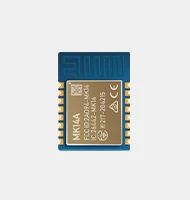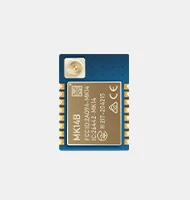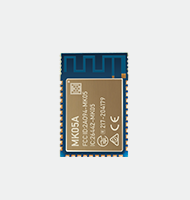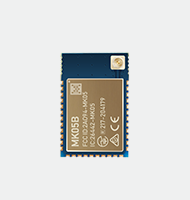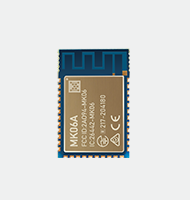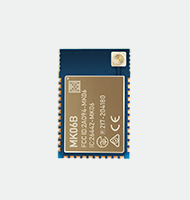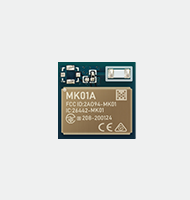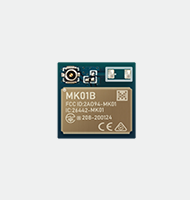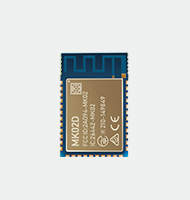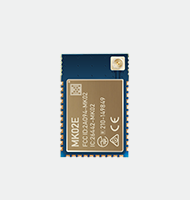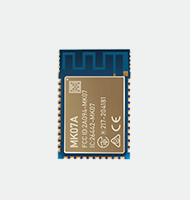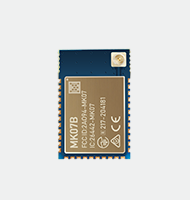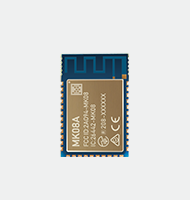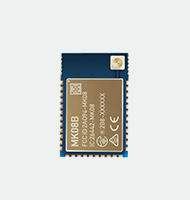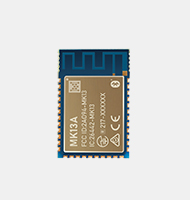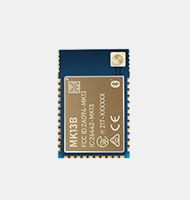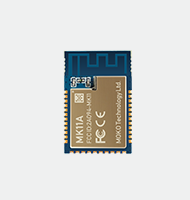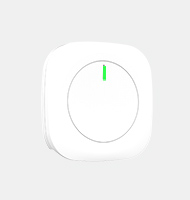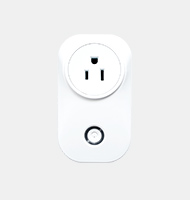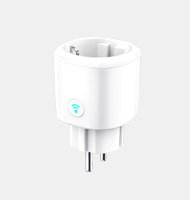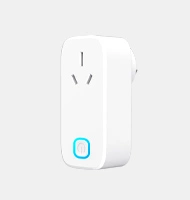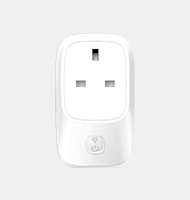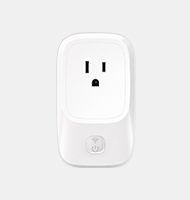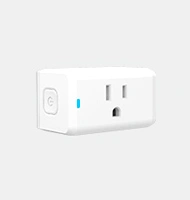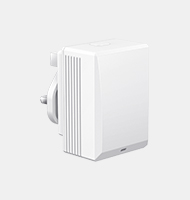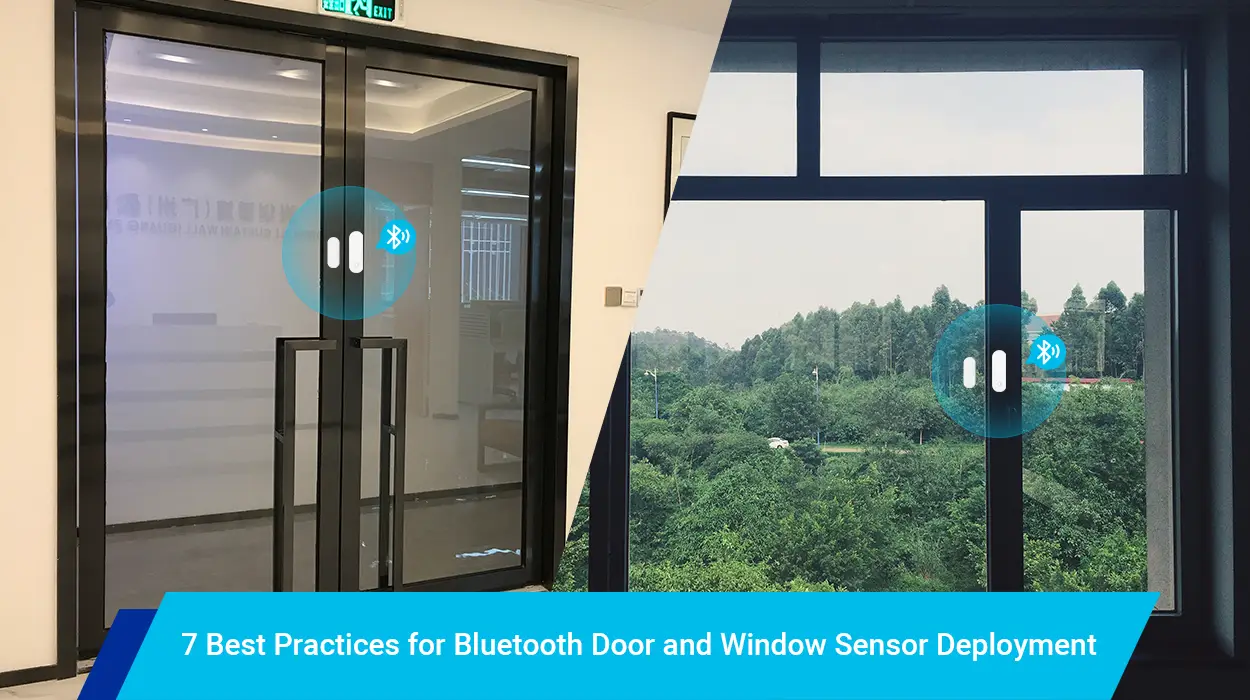The investment that education has made in digital technology
There is no doubt education is going digital. Every day, more tools are being designed to make teaching and learning easier and more interesting and the use of Bluetooth beacon in education makes teaching easier and more interesting. The majority of these are computer-based. It was reported that educational software worth over $8 billion were sold in the United States in 2013. Globally, educational investment in digital technology is worth trillions of dollars. Among these is beacon technology which uses a wireless device to send signals to mobile devices within close range. In 2013, Apple introduced this technology to its mobile devices and marketed it as iBeacon. Although beacon technology can be used in all sectors, this article will look at the use of beacons in education.
What is Beacon?
Beacons are low-cost hardware that uses Bluetooth Low Energy (BLE) to send signals or messages to enabled mobile devices located close to them. When installed at a point, the transmitter searches for smartphones and tablets that have beacon enabling app near it. When discovered, it will send a personalized message, prompt, or pop-up via Bluetooth to the device.
Beacon technology can be used to connect beacons from a source to a device located within the source’s proximity. The receptive device must be compatible with the technology and has an enabling application installed on it. It must also activate device location services. Bluetooth Low energy, otherwise known as Bluetooth Smart or Bluetooth 4.0, transmits the signal to the device on which the owner can access the content.
Educators can use the technology to send notifications, reminders, information, and learning resources to learners in schools. The technology is also used in other fields like marketing and tourism.
Application of Beacon in Education
Schools and campuses are among the major places where beacon technology can be of great use. Here are some of the important ways beacons can be applied in institutions of learning.
Navigation

Navigation through many campuses may be challenging, especially for visitors and new students. However, this can be overcome with the aid of beacons technoemelogy on campuses. When used with an appropriate application, a beacon can provide an interactive map and guide you through your movement on the campus.
Notification
Many institutions of learning traditionally put notices of events on the notice board, of which the effectiveness will rest on the student going to the notice board to read. Of course, many students constantly miss such notices. However, beacons can be used to send information and notices of events directly to the students’ smartphones, hence ensuring all students actually receive such notices.
Taking Attendance in Classrooms and Events

It is customary for teachers to take attendance of the students in their class. It is also common to take attendance in school-organized events like symposia, exhibitions, and orientation programs. However, manual roll calls may be time-consuming, tedious, and even impossible in a large gathering. Fortunately, beacon technology in education will solve this problem. The technology can be used by students to automatically register their presence. When paired with the right application, a beacon can be installed in a classroom or an event venue, and signals can be picked up from the students’ smartphones to determine who is in attendance and who is not.
Timetable

Students’ daily lectures are guided by timetables. A comprehensive timetable will include the subject, time, duration, venue, and the educator’s name. This may be difficult for students to know off-hand. The school can use Beacon technology to send notifications to students about their next lecture, its venue, and other information they would have needed a timetable for.
Assignment Reminded
It is not uncommon to see students missing the due date to submit their assignments. Most of the time, they forgot. This is easily understood. Students usually have many assignments from different lecturers. Beacon technology can be used to send reminders to students about their assignments.
Sending a Reminder of Previous Work
It is a good thing to revise a previous lesson before the beginning of a new one. However, many students find it difficult to remember their last lesson. Just as beacon technology can be used to send notifications about the assignment, it can also be used to remind students of their previous work before they begin new ones. Educators can send snippets and links to previous lectures to their students through beacons.
Link to Study Material
In the same way, educators can send reminders of previous lectures to students. They can also send links to educational materials to students. Teachers can send lecture notes to students through beacon technology or put information material in a particular place and use the beacon to notify students.
Library Use

Searching for books in a big library may be challenging. But with beacon technology, you can get a notification each time you pass through a section of the library to know the kind of books available in that section. Also, the library management can use beacon technology to send a notice of new arrivals to everyone visiting the library.
Survey
Taking a survey is a common practice in a school environment. Instead of physically handing questionnaires to the targeted students and school community members, beacons technology can be used to send a link to the target audience to fill the survey form.
Safety

Beacons can be used in the school environment to ensure safety in many ways. In a time of emergency, emergency alerts can be sent by the school to students and staff. People can be instructed on the best and safest escape route. Students can use the beacon to notify the authority of an accident or any emergency. They can also use the technology to send their location to a search team when trapped and make a rescue operation easier, faster, and more efficient. Even without an emergency, school authorities can use a beacon to warn students and staff of possible danger or to alert them.
Asset Management

School authorities can use beacon technology to keep a record of the use of their asset. Asset beacon can provide information on how users interact with each asset and make inventory easier. With beacon technology, it is also easier to track the location of assets. Beacon can send warning notes to students and visitors when they are approaching dangerous assets.
What Limitations Constrain the Use of Beacon in Education?
As good as the use of beacon in education is, many constraints can limit this technology. The limitations to beacon technology for smart education include:
Lack of Resources
Beacon technology requires all students to have smartphones and download appropriate applications. Of course, smartphones are common today among students. Still, it will be incorrect to say all of them have it. Beacons on its own may not require internet facility, but it works with applications that may require WiFi to download. This may also limit its use.
Lack of Procedural Knowledge
Because the technology is relatively new, many people do not fully understand how it works. For beacon technology to be effective in school, the educator and the learner must understand the procedure involved. While this might be easier for teachers, many students find it challenging.
Lack of Will
Not all teachers are eager to introduce technology into their profession. Some teachers simply prefer the traditional way of teaching and learning. This may make them reluctant to use beacon technology to facilitate teaching. Also, some students are not motivated to use the new technology. Different excuses can be given for this. Some students believe that it causes distraction, some feel it affects the pace at which they learn, and some don’t even have any excuse other than lack of interest.
Acluster of Beacons May be Confusing
With many beacons sending different information simultaneously as could be experienced in a school environment, students can get wrong information.
Automatic Attendance Design Check System using Bluetooth Low Energy Beacon
As stated earlier, one of the major applications of beacon technology in education is for taking attendance in classroom and school-organized events. Traditionally, educators usually call out the names of students to physically mark the attendance. Unfortunately, this is time-consuming and hence, leads to loss of teaching time. Alternatively, a register may be passed from one student to another to sign. Again, this is ineffective as there is room for attendance fraud. Other attempts to simplify roll call and attendance registers in school include face-recognizing devices and devices that read students’ fingerprints. Again, not many schools can adopt any of these as they are expensive, and the technology may be difficult for some students to use. Therefore, the need for a low-cost technology that will effectively record students’ attendance makes beacon technologeasyy a good option.
The components needed to design an effective automatic attendance check system using Bluetooth low energy include the school administrative computer systems, a central server, and a web application. The database will consist of the lecturer database, the student database, the subject database, the attendance database, the authentication, and the beacon database. All these are included in the server while the application that can work with the server is developed. The server is linked with the school’s administrative computer systems, while the students are expected to download the application on their smart devices.
Advantages of Beacon Technology for Automatic Attendance
- It is cheap
- It is easy to construct
- It does not require any action from either the lecturer or the student
- Prevents attendance fraud
How it Works
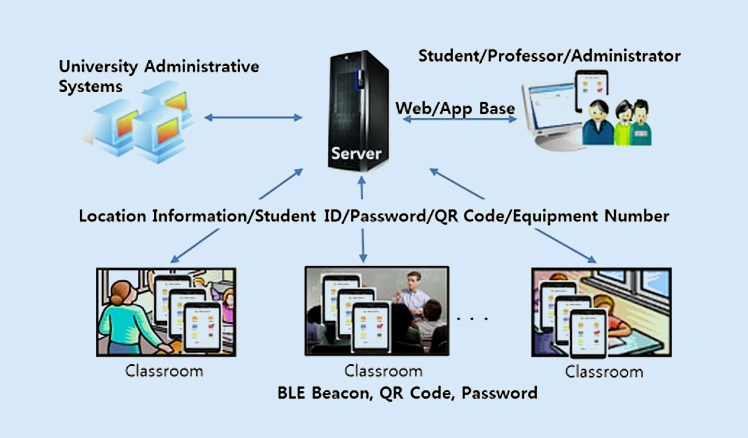
To use beacon technology for automatic attendance, you need to install a beacon in the classroom and create a database for the course, the lecturer, and the students. The beacon will continuously send out signals, and as soon as a student enters the classroom, it will communicate with the Bluetooth of the student’s mobile device. Once the location is authenticated, it will automatically mark the student present in the class. This system requires no action from the students or the lecturer, and it recorded the attendance in real-time. It is therefore easy and convenient to use. However, it has to be installed in every classroom or teaching hall. Fortunately, beacons are not expensive. Hence, installing it in all classrooms will not be too expensive for most institutions to afford.
